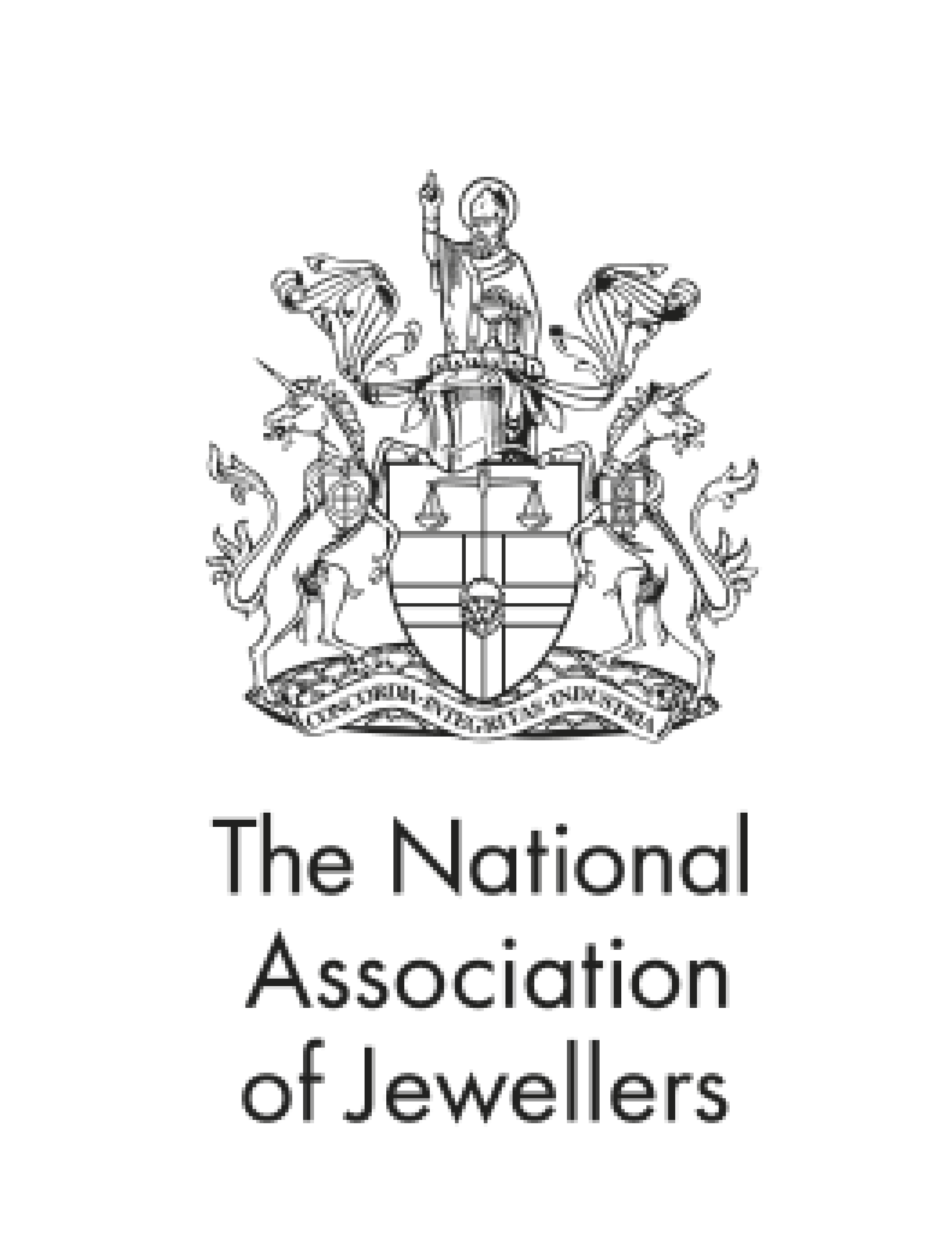Emeralds have long been cherished as symbols of renewal, growth, and everlasting love across cultures and faiths. Their rich green hue makes them the perfect gemstone to mark meaningful moments or celebrate someone special.
As the birthstone of May, emeralds are associated with wisdom, insight, and prosperity. With the revival of vintage jewellery styles, these ageless gems are enjoying a well-deserved return to the spotlight.
In this guide, we celebrate the enduring allure of emeralds, exploring their fascinating history, their place in today’s fashion, and a curated selection of pieces to inspire your spring style.
What are Emeralds?
Emeralds, like most gemstones, are formed deep within the Earth over millions of years. Instantly recognisable by their vivid green hue, these enchanting stones belong to the beryl family, a mineral composed of beryllium, aluminium, and silicon. Their distinctive colour is the result of trace amounts of chromium or vanadium within the crystal structure.

Unlike diamonds, which come in a variety of colours, emeralds are exclusively green. Stones that appear too pale are classified as green beryl rather than true emeralds, making the depth and richness of colour a defining characteristic.
Almost all emeralds contain natural inclusions, which contribute to their individuality and character. However, these internal features also make emeralds relatively soft and more prone to cracking, requiring careful handling and setting.
Although emeralds are softer than many other precious gemstones, they can still be expertly crafted into stunning pieces of jewellery. From bracelets and necklaces to rings and earrings, emerald jewellery is instantly recognisable. Its rich green hue has long captivated wearers and collectors alike, earning it a deep-rooted place in history and symbolism.
The History and Symbolism of Emeralds
Emeralds have captivated humanity for millennia, with their story tracing back to Ancient Egypt, where the first known mines were established around 330 BC. From these early origins, emeralds gained global appeal, appearing in the literature and art of ancient civilisations such as India and Greece. These vibrant green gems quickly became treasured across cultures, celebrated not only for their beauty but for the meaning they came to embody.
Symbolism Across Cultures
As emeralds found their way through different societies, so too did the beliefs surrounding them evolve. Many associated the stone with power, wealth, and nobility, earning it the enduring title, “The Jewel of Kings.” But emeralds held deeper meaning beyond royalty. They were believed to bestow eloquence, wisdom, and foresight upon their wearers, attributes that made them prized by philosophers, leaders, and visionaries alike.

Today, the precious stones are most commonly seen as symbols of loyalty, renewal, and love. Yet historically, they were also revered for their supposed healing and protective properties. This rich tapestry of symbolism made emeralds desirable not only to monarchs but to anyone drawn to their mystique and prestige.
The Rise of Colombian Emerald Mining
Emeralds experienced a dramatic surge in global popularity during the 16th century, following the Spanish conquest of the New World. When Spanish explorers arrived in Colombia, they quickly discovered the region’s rich emerald deposits.
In their efforts to control these valuable resources, they established the city of Santa Fe de Bogotá and developed extensive mining operations, transforming the area into a major source of wealth for the Spanish crown.

These vibrant green gems were shipped back to Europe, where their rarity and beauty sparked a growing demand. This surge led to further exploration across Colombia and drove advancements in mining techniques, solidifying the region’s place as a hub for emerald production.
Where Do Emeralds Come From Today?
Modern emeralds are primarily sourced from Colombia, Zambia, Brazil, Madagascar, and Canada. Of these, Colombia remains the world’s most celebrated producer, known for delivering emeralds of exceptional colour and quality.
Extracting the stones today is a meticulous and resource-intensive process, requiring both advanced technology and skilled expertise to uncover these precious stones hidden deep within the earth.
Iconic Wearers of Emeralds
From the opulent courts of ancient empires to the dazzling lights of modern red carpets, emeralds have adorned some of the most influential figures in history. Their enduring allure and rich symbolism have cemented their status as one of the most revered gemstones. Here are just a few of their most iconic wearers:
Cleopatra
Cleopatra, the Queen of Egypt (51–30 BC), was famously enamoured with emeralds. As already mentioned, Egypt was home to the earliest known emerald mines, and these vivid green gems became a personal obsession for the queen. Believed to possess healing powers - particularly for eye ailments - and to symbolise rebirth and eternal life, emeralds played a spiritual and political role in Cleopatra’s court. She often gifted them to visiting dignitaries as a sign of favour and power.
Ancient Egyptian royalty were commonly buried with emeralds placed over their eyes to grant eternal youth in the afterlife. While Cleopatra’s final resting place remains undiscovered, it is widely speculated that she may have been laid to rest with her treasured emerald jewellery.

Elizabeth Taylor
Hollywood icon Elizabeth Taylor brought emeralds into the limelight of modern glamour. During the filming of Cleopatra in Rome, Richard Burton gifted her a stunning Bulgari emerald and diamond pendant brooch, which became an emblem of their famous romance. This remarkable piece later sold at auction in 2011 for $6.6 million, making it the most expensive emerald jewel ever sold at the time.
Burton also gave Taylor a 1962 platinum necklace set with sixteen rectangular and square-cut emeralds. Worn with signature elegance, the piece remains one of the most talked-about jewellery moments in cinematic history.
Queen Elizabeth II
Emeralds also held a prominent place in the personal jewellery collection of the late Queen Elizabeth II. Among her most treasured pieces were the Vladimir Tiara,the Cambridge Emerald Necklace, and a distinctive emerald and diamond brooch passed down to her in 1953. These regal pieces continue to represent the enduring connection between emeralds and royalty.

The Reprisal of Emeralds
While diamonds have long held the spotlight, emeralds are experiencing a remarkable resurgence in 2025, driven in part by the rising popularity of vintage and heirloom jewellery. This renewed interest extends beyond emeralds alone, as coloured gemstones are increasingly sought after for their ability to add individuality and personal flair to any ensemble.

Heirloom-style pieces, in particular, evoke a sense of timeless elegance and regal charm. Thanks to the rich variety of green hues found in emeralds, from soft, subtle tones to deep, vivid shades, these gems can serve as either a refined accent or a bold statement piece.
Whether you are drawn to understated sophistication or dramatic allure, there is an emerald to match your style.
Your Look with Emeralds
Pairing emeralds with you look entirely depends on the occasion, however these stones can either be showstopping pieces to make a statement, or add a subtle green flair to compliment your aesthetic. As a result, the hue of green within the stone is very important, and we advise searching for the right colour that attracts you. Our friendly team at our Showrooms can help you explore our range of emeralds for whatever the occasion.
Pieces that Inspire
At Michael Spiers, we offer an exquisite collection of emerald jewellery, each piece showcasing the timeless beauty of this vibrant green gemstone. From elegant necklaces to finely crafted rings, our selection is designed to capture life’s most treasured moments. Whether you're drawn to the rich hues or the enduring charm of emeralds, visit our showrooms in Truro, Plymouth, Exeter, or Taunton to discover a piece that speaks to you.










